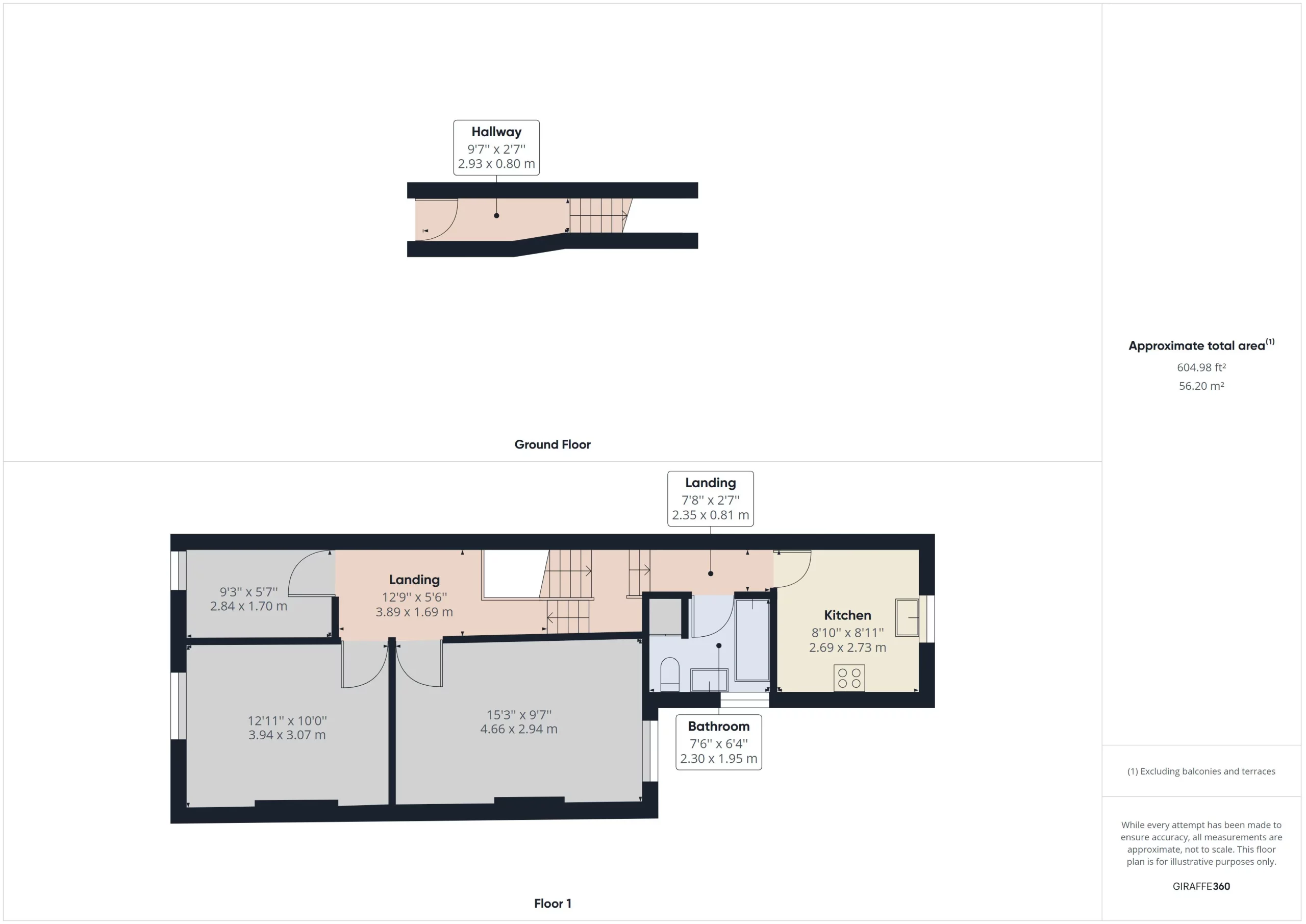Thinking about building your own two-bedroom flat in South Africa? That’s an exciting endeavor! Before you break ground, however, it’s crucial to understand the financial commitment involved. While pinning down an exact cost is like predicting the weather, we’ll equip you with the knowledge to estimate your project budget effectively.
2 Bedroom Flat Construction Cost in South Africa: Key Factors
Several factors influence the final cost of building a 2-bedroom flat in South Africa. Think of it like assembling a puzzle; each piece adds to the overall picture.
- Location: Just like property prices, construction costs are heavily influenced by location. Urban hubs like Johannesburg and Cape Town command higher prices for land, materials, and labor. Venturing into more rural areas often translates to more budget-friendly options.
- Size: A larger flat inherently requires more materials and labor, directly impacting the final cost.
- Finishes: Your choice of finishes, from flooring to countertops, can significantly sway your budget. Luxury materials come with premium price tags, while opting for standard options can create savings.
What Drives 2-Bedroom Flat Construction Costs in South Africa?
Let’s take a closer look at the elements that contribute to the overall cost of building a 2-bedroom flat in South Africa.
| Factor | Impact on Cost |
|---|---|
| Flat Size | Bigger = Higher Cost |
| Location | Urban Areas = Higher Cost |
| Material Quality | Higher Quality = Higher Cost |
| Labor Rates | Regional Variations & Skill Demand |
To illustrate the regional variations:
| Province | Average Construction Cost (3-Bedroom House Benchmark) |
|---|---|
| Gauteng | R1.94 million |
| Western Cape | R1.92 million |
| North West & Limpopo | More budget-friendly options |
Want a deeper dive into construction costs? Check out this resource: Cost of building a house in South Africa 2023 (updated).
Breaking Down the Costs: A Guide to 2-Bedroom Flat Construction Budgets
Building a flat is a significant investment, so let’s break down how to approach your construction budget effectively.
1. Meticulous Planning is Key
A well-structured plan is the cornerstone of a successful construction project. Begin by outlining your vision, desired finishes, and non-negotiable features. Research material costs, labor rates in your area, and factor in potential cost increases due to inflation or material shortages.
2. Categorize Expenses for Clarity
Divide your expenses into direct costs (materials, labor) and indirect costs (permits, inspections, insurance). This provides a clear picture of where your money is allocated and allows for better control.
3. Closely Monitor Spending
Regularly track expenses against your budget to identify any deviations. Early detection of overspending or unexpected costs enables you to adjust your plan accordingly and prevent blowing your budget.
4. Establish a Contingency Fund
Unforeseen issues can arise in any construction project. A contingency fund, typically 10-20% of your total budget, acts as a safety net for unexpected repairs, material price hikes, or other surprises.
Pro Tip: Leverage budgeting apps and software to streamline expense tracking and maintain financial transparency throughout your project.
Location as a Cost Determinant for 2-Bedroom Flat Construction
The adage “location, location, location” rings true for construction costs. Here’s a closer look at how location impacts your budget:
- Urban Areas: Building in desirable urban centers comes at a premium. Land scarcity drives up prices, while skilled labor is in high demand, resulting in higher wages.
- Rural Areas: Venturing further out often translates into more affordable land prices and potentially lower labor costs. However, consider accessibility to amenities and transportation when evaluating rural locations.
Cost-Saving Strategies for Your 2-Bedroom Flat
- Embrace Sustainability: Investing in eco-friendly practices like solar panels or rainwater harvesting systems might seem costly upfront but can yield significant long-term savings on utilities. Plus, you’ll reduce your environmental footprint.
- Go Local: Opt for locally sourced materials whenever possible to reduce transportation costs. Additionally, consider engaging local contractors who might offer competitive rates compared to large firms.
- Explore Government Incentives: The South African government offers various subsidies and incentives for homeowners who incorporate eco-friendly building practices. Research available programs to see if you qualify.
Additional Considerations
- Inflation and Fluctuations: Factor in potential cost increases due to inflation and material price fluctuations. Staying informed about market trends can help you anticipate and mitigate these risks.
- Green Building Options: While sustainable building practices might have a higher upfront cost, explore their long-term cost-effectiveness in terms of energy efficiency and potential savings on utility bills.
- Detailed Cost Breakdowns: Obtain detailed cost breakdowns from potential contractors that include labor, materials, permits, and other relevant expenses. This transparency ensures accurate budgeting and eliminates surprises.
By understanding the factors influencing construction costs, planning meticulously, and exploring cost-saving opportunities, you can embark on your 2-bedroom flat construction journey with confidence and financial clarity.
- Modern Butcher Block Kitchen: Warmth and Style with White Cabinets - January 6, 2026
- White Cabinets with Butcher Block Countertops: A Kitchen Classic - January 5, 2026
- White Kitchen With Butcher Block Countertops: A Warm, Inviting Design - January 4, 2026










